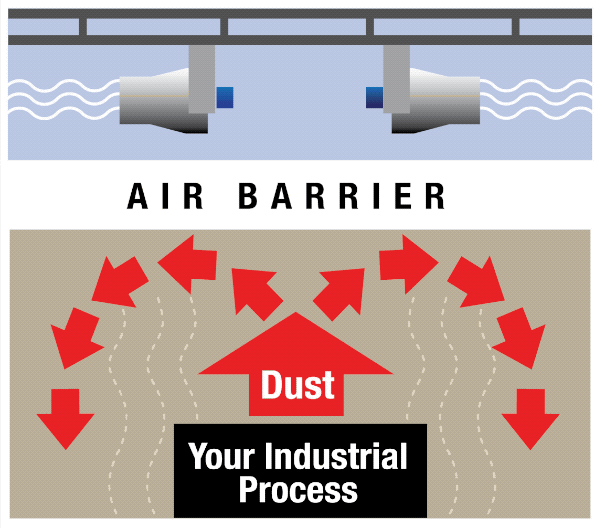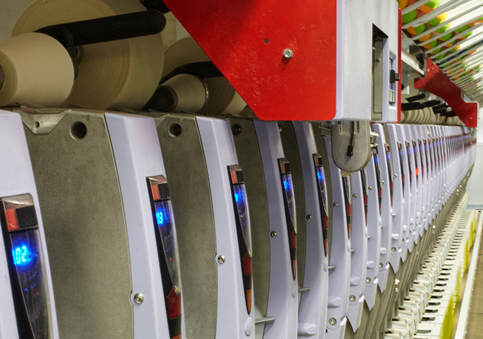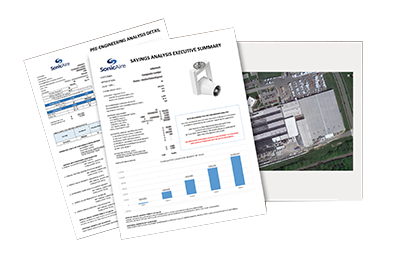Combustible Fibers in the Textile Industry
Spinning. Reeling. Throwing. Carding. Blending. The various methods of textile processing have one thing in common: they all produce fiber. As manufacturers blend fibers to produce consumer goods, they are creating impressive finished products, but they are also creating fiber. As dry cleaners treat wool to remove grease and treat silk to remove gum to return garments to a “like-new” condition while using precautions to prevent shrinkage, loss of color, and change of texture of the garments, they are also creating fiber.
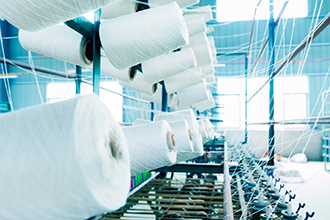
When not properly managed, the fibers created during textile processing can pose a hazard to textile industry employees. Cotton fly (dust) and other textile fibers can quickly accumulate in work areas. This accumulation of textile fibers creates conditions which could be susceptible to explosive fires. As textile fiber gathers on overhead structures, the combustible fiber stands ready to ignite. The electrostatic flocking process that is often used in textile manufacturing uses high electrostatic voltages further increasing the risk of ignition.
In recent years, the textile industry has seen improvements in mechanical processes, the development of new materials and greater quality control. Between 2006 and 2017, the United States infused the textile trade with nearly $23 billion for new equipment and facilities. The nonwovens segment of the industry has grown to encompass a broad range of high-speed, innovative processes that generate engineered-fiber products.
Yet, despite these recent advances, combustible fiber accumulation remains an issue in the textile industry. Manual housekeeping methods and automated dust collection systems are employed in many industry settings, but these reactive measures can’t compete with the combustible fibers that are produced in textile facilities. What the industry needs is a proactive solution to address the combustible fiber challenges.
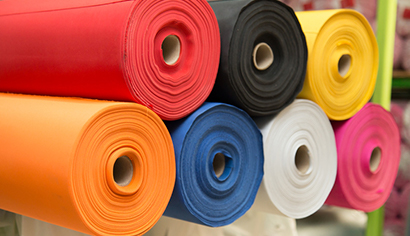
How SonicAire Can Help
SonicAire’s industrial fiber control fans use precision fiber-control technology to prevent combustible dust build-up. This proactive approach effectively keeps overhead areas clean and mitigates the risk of combustible fiber events in the textile industry.
The SonicAire Solution
SonicAire proprietary technology combines two methods to control fiber flow.
SonicAire fans use high-velocity airflow to keep overhead areas clean. The strength of this airflow effectively prevents the accumulation of combustible fibers on overhead structures in the facility.
Typical airflow includes upward thermal currents which naturally lift and carry fibers to overhead areas of facilities, where fibers quickly accumulate and can become a fire hazard. SonicAire industrial fiber control fans prevent these upward thermal currents from holding fiber in the air.
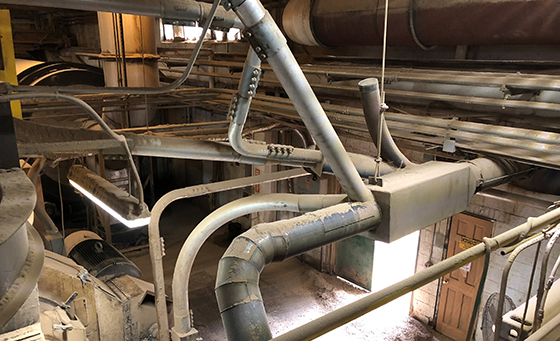
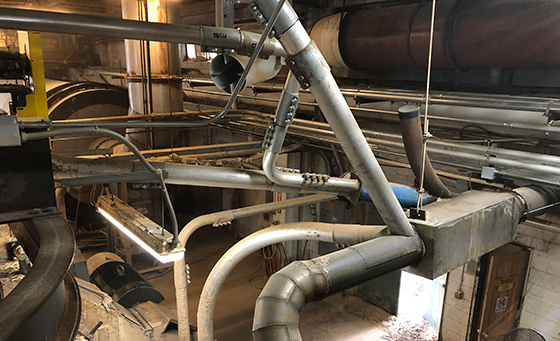
SonicAire Fans at Work

Put SonicAire to Work for You
With an engineered layout custom-designed for your plant, SonicAire fans will replace high-risk and costly manual cleaning measures, eliminate the need for housekeeping shut-downs and help maintain a clean, safe environment. Use the Learn More form above, at right to request more information or visit our Dust Solutions page to learn more.

